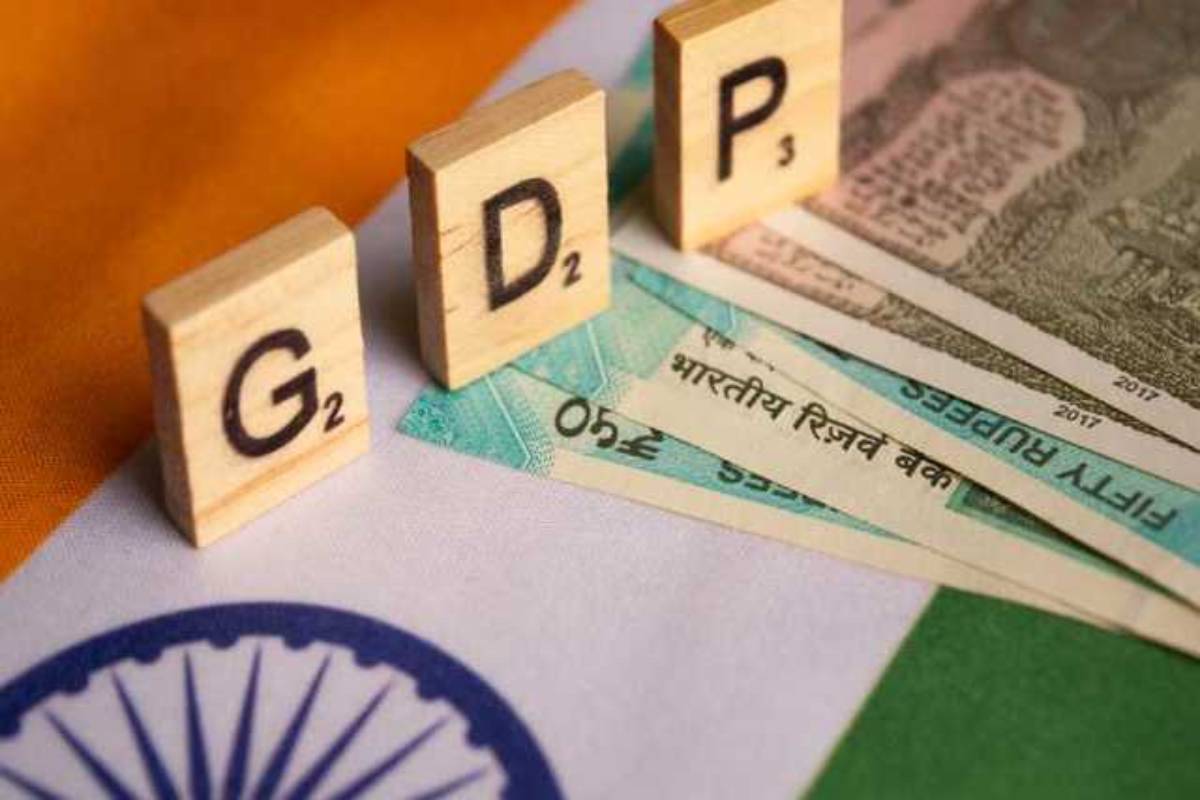Cooling Growth
India’s services sector, long the linchpin of its economic dynamism, is showing signs of moderation.

India’s services sector, long the linchpin of its economic dynamism, is showing signs of moderation.

India will remain the fastest growing economy among the advanced and emerging G-20 countries and the large size of its domestic market makes the country less vulnerable to potential shocks from US tariff policy.

In its Economic Outlook for Asia-Pacific (APAC), S&P said that despite these external strains, it expects domestic demand momentum to remain solid in most emerging-market economies.

India’s retail inflation slipping below 4 per cent in February signals a crucial inflection point for the economy.

India is set to become the world’s third-largest economy by 2028, overtaking Germany, according to a report by global financial services firm Morgan Stanley.
Yemen's government has praised Saudi Arabia for providing "generous support" with a $1.2-billion aid package aimed at bolstering the Yemeni economy.
While assuring support for debt restricting and promising to help the ailing economy, Japan stressed Sri Lanka's importance in realising "Free and Open Indo-Pacific" (FOIP), a Tokyo-led initiative planned at countering Chinese influence in the region.
The International Monetary fund on Tuesday projected that the Indian economy will grow by 6.1 per cent in 2023, which is 0.2 points — 20 basis percentage points — higher than its April forecast.
Mobility is normal human behavior and a global phenomenon. Our ancestors in the prehistoric era were hunters-gatherers. They were constantly on the move in search of food and shelter. Floods, storms, earthquakes too compelled them to move from one place to the other. Agriculture changed life, and man started to settle at a place. About 96.5 per cent of the global population today lives in countries where they were born. But there are 3.5 per cent who reside in other countries.
A recent Oxfam report, published in January 2023, found that the richest one per cent in India own more than 40 per cent of the country's total wealth, while the bottom half together share just 3 per cent. Also, during FY 2020-21, approximately 64 per cent of the total Rs. 14.83 lakh crore in Goods and Services Tax (GST) came from the bottom 50 per cent of the population, with only 3 per cent coming from the top 10 per cent
